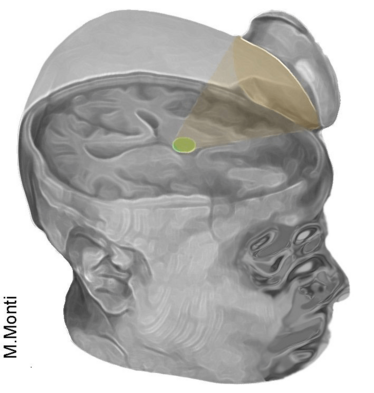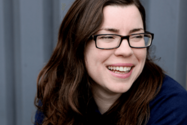
A 25-year-old man in recovery from a coma has made significant progress after targeted ultrasound stimulation of the brain (1).
Before the treatment, the patient was in a minimally conscious state and could only respond to simple instructions with small movements. Scientists at the University of California, Los Angeles and biotech company Brainsonix used a portable device to stimulate the patient’s thalamus using 30-second pulses of low-energy ultrasound. The thalamus is the brain’s information processing center and typically shows limited activity in coma patients. Within three days the patient had regained full consciousness, and could answer questions by nodding or shaking his head.
With a sample size of one, the report is far from conclusive – the researchers acknowledge that the patient’s dramatic improvement could be a coincidence. To that end, the technique will be trialed on more patients at the Ronald Reagan UCLA Medical Center in the coming months. The researchers hope that the technique can eventually be used to help to “wake up” other patients with minimal consciousness, and perhaps even those in a vegetative state.
Previous studies have used surgical deep brain stimulation on the thalamus, with some success, but ultrasound would be a far less risky way to kick-start consciousness.
- MM Monti et al., “Non-invasive ultrasonic thalamic stimulation in disorders of consciousness after severe brain injury: a first-in-man report”, Brain Stimul S1935-861X, 30200–30205 (2016).

“As Editor of The Translational Scientist, I’m working closely with our audience to create vibrant, engaging content that reflects the hard work and passion that goes into bringing new medicines to market. I got my start in biomedical publishing as a commissioning editor for healthcare journals and have spent my career covering everything from early-stage research to clinical medicine, so I know my way around. And I can’t think of a more interesting, challenging or important area to be working in.”















